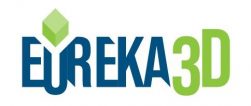The 3D Digitisation progress by the project’s content providers
EUreka3D project develops four use cases to show how 3D digitisation offers new ways to stimulate interest in cultural heritage, by enabling the creation of more advanced collections to represent not only cultural objects but also the story and memories associated with them. These case studies enhance storytelling and knowledge sharing, and will be collected in the project’s final booklet, together with reflections on impact and a chapter about the EUreka3D platform.
Four project partners undertake 3D digitisation of a wide range of objects, from museum objects to archaeological artefacts or sites. The new 3D assets have been aggregated to Europeana, the European platform displaying heritage collections, openly available for education and research purposes.
The following four cultural institutions are involved in the piloting action that starts from high quality digitisation of heritage collections of different kinds and follows the full journey of collections management, storage, aggregation and sharing to Europeana:
CRDI – Ajuntament de Girona (ES)
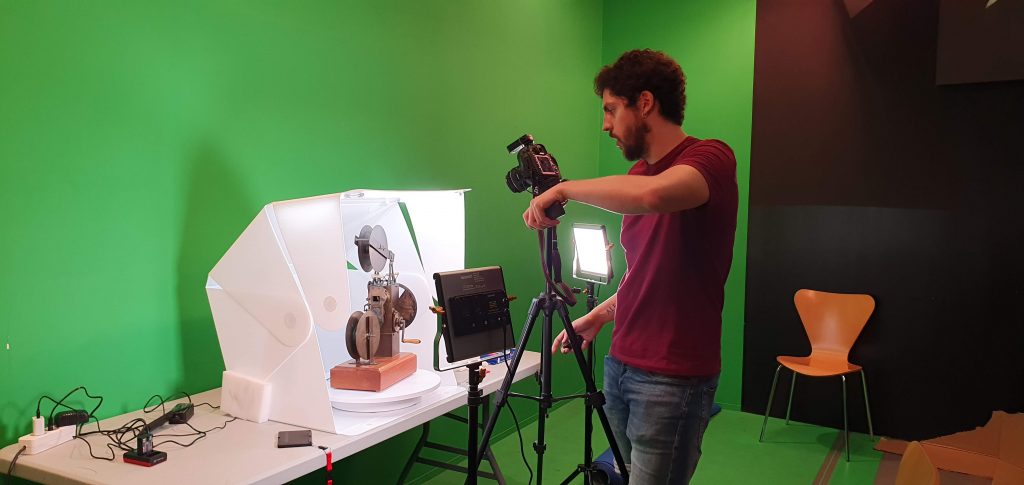
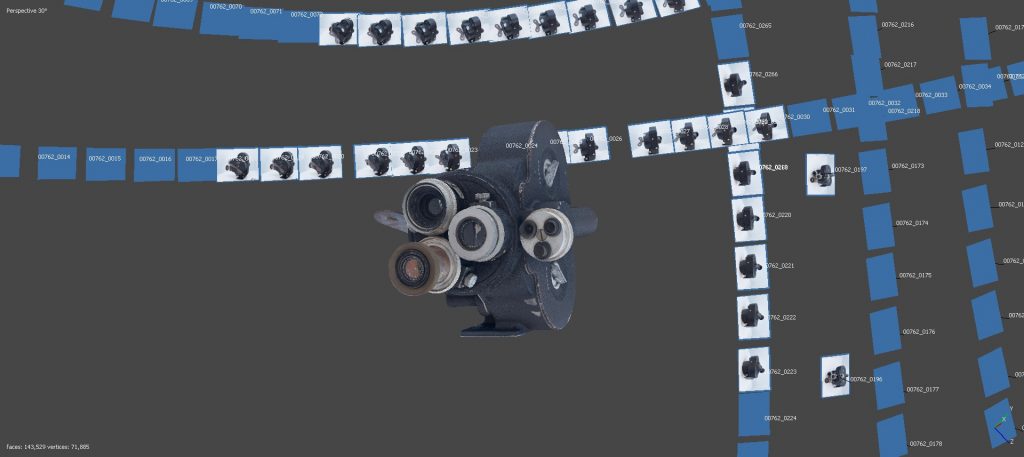
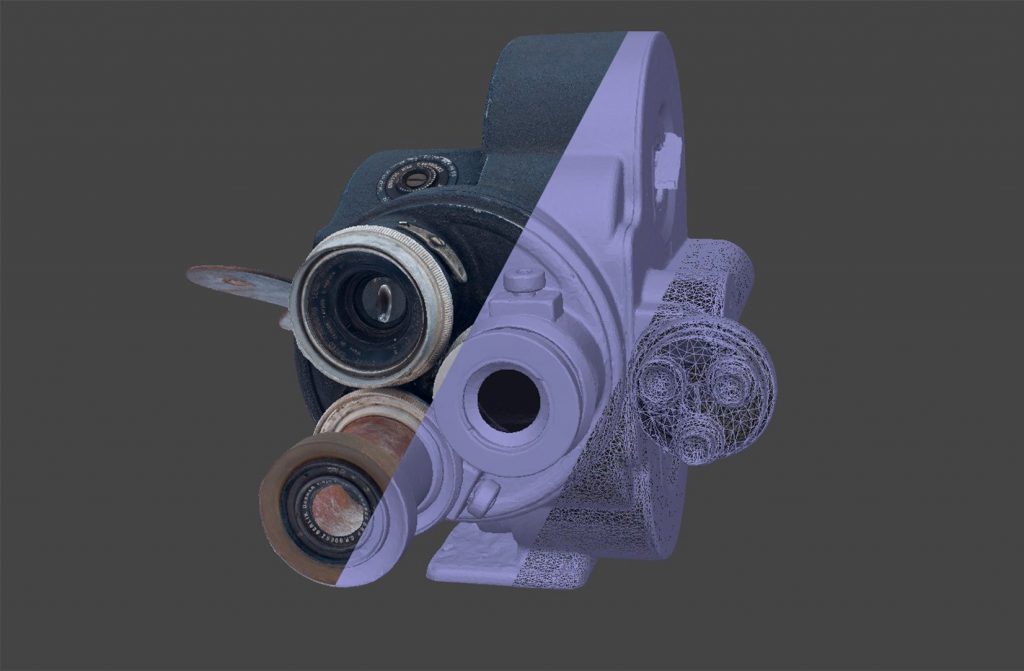
Objects: 3D collection of 50 pre-cinema heritage equipment and objects precursors of film that are on display at the Cinema Museum in Girona
Aims: Having detailed 3D models will support the Museum in boosting visitors’ engagement, for example by creating 3D printed replicas of the objects, to be used by visually impaired visitors or to view internal parts and fragile mechanisms; by creating new virtual scenarios onsite and enriched experiences for online visitors; and by giving access to a complete and realistic vision of the cultural object with all the knowledge associated with it.
3D models in Europeana
Cyprus University of Technology (CY)

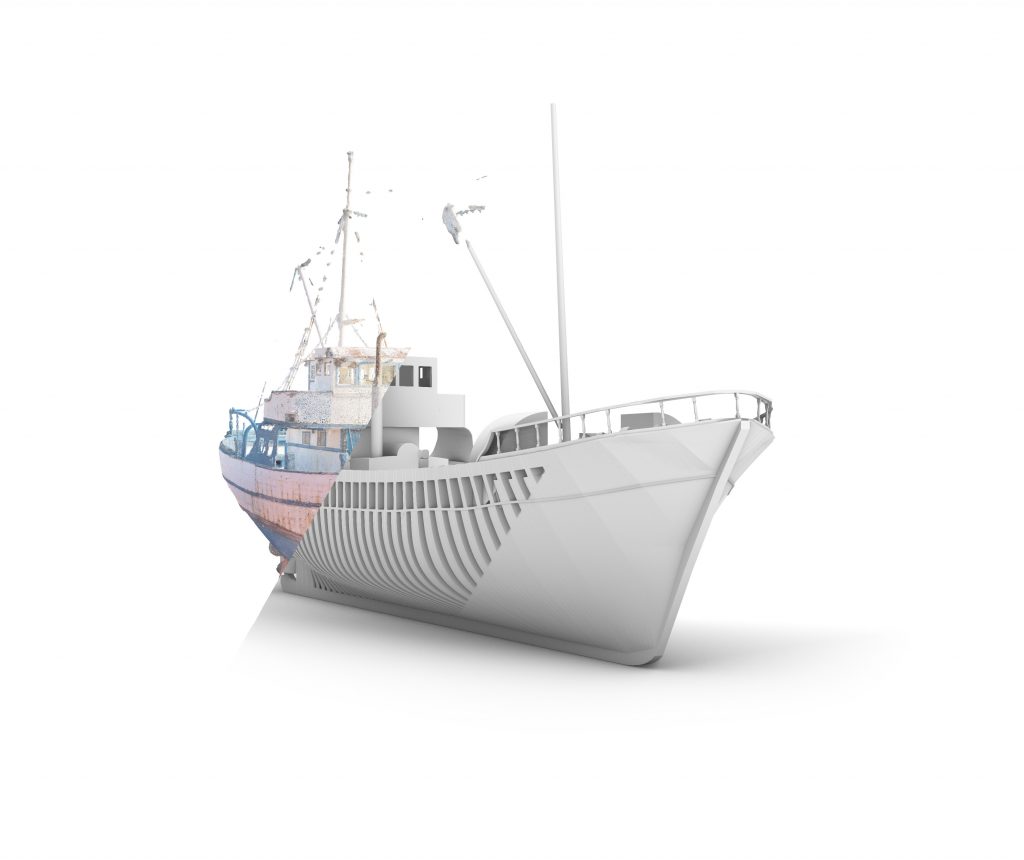
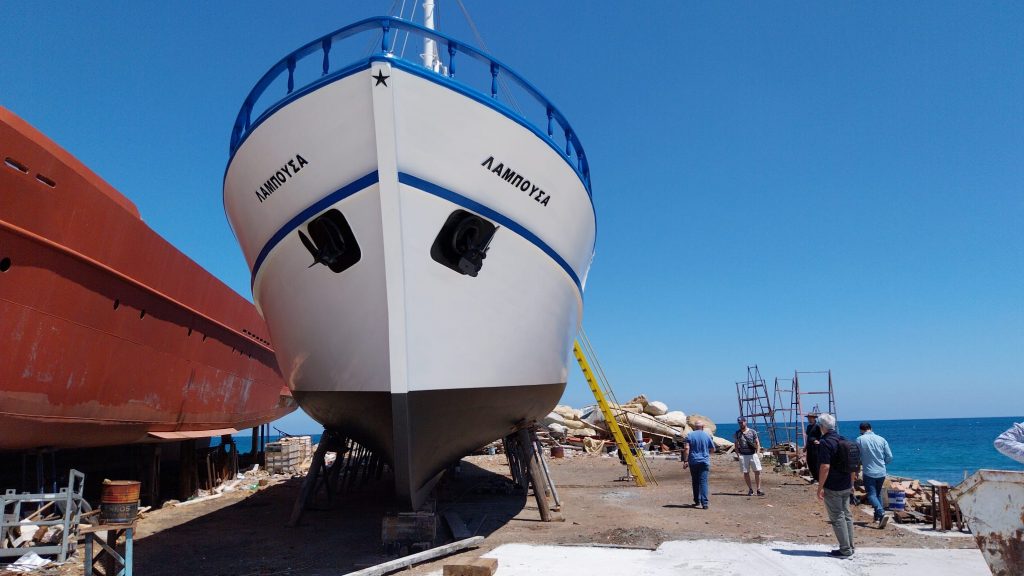
Objects: advanced 3D model for an historical boat in Limassol, a unique part of Cypriot fishing tradition and industrial heritage
Aims: Through meticulous digitisation efforts, detailed modelling, and collaborative initiatives, this fascinating piece of history is brought to life in the digital realm. The e-platform for Lambousa is a comprehensive hub, housing all materials and insights related to the case study. From historical documentation to 3D models, the platform will provide an immersive experience, allowing enthusiasts and researchers alike to delve into the intricate details of the Lambousa Fishing Boat.
3D models in Europeana
Bibracte (FR)



Objects: Bibracte is an archaeological site providing around 400 3D scans of archaeological artefacts, structures and terrain models from Mont Beuvray (Burgundy, France).
Aims: The entire collections comprised nearly 2,000 objects providing irreplaceable evidence of life in the oppidum, including coins, fibulae (brooches for fastening garments), wine amphorae, writing tools, weapons and luxury items, religious dedications and ex-votos. In addition to museum objects, Bibracte provides Europeana with a selection of terrain models of the archaeological site. Bibracte’s interest in 3D digitisation is around creating theoretical models of objects that enable us to visualise mathematical properties of an object.
3D models in Europeana
Museo della Carta (IT)
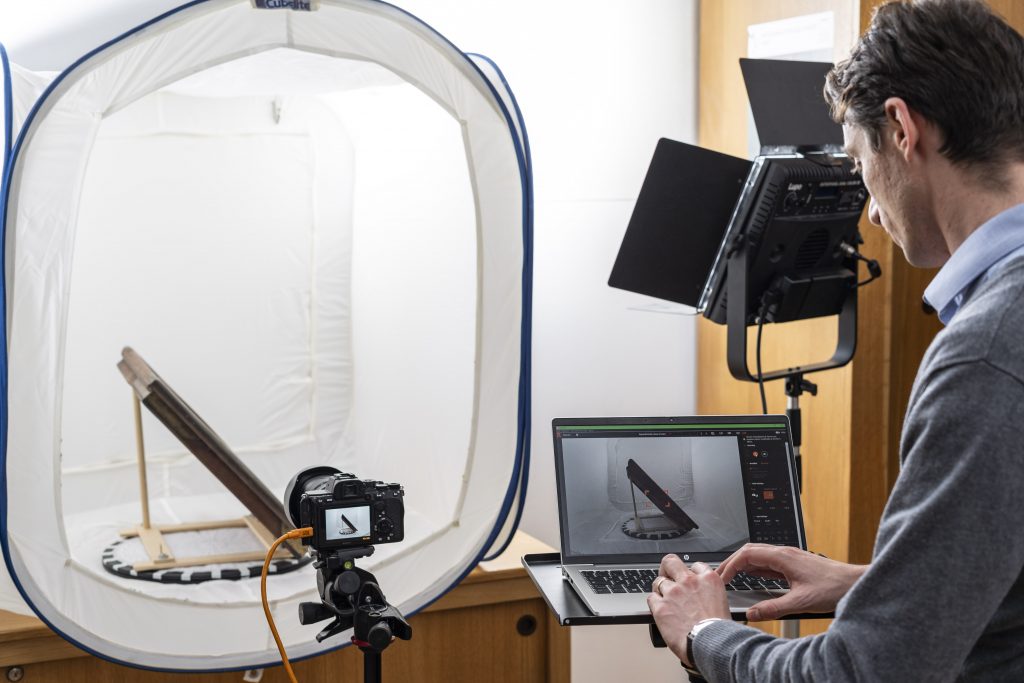
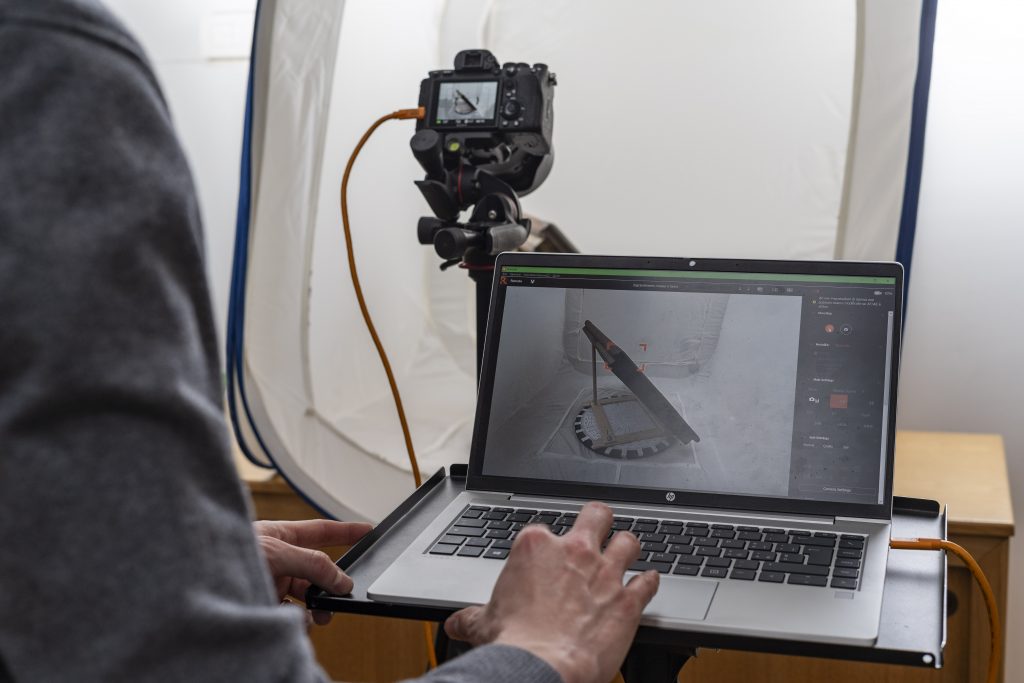

Objects: 3D models from the collection of ancient paper moulds, a type of heritage almost unknown relating to the traditional paper manufacturing industry
Aims: This institution in Tuscany preserves complete and original tools related to all the working phases and set up of paper production, as a witness of a traditional economic activity in the area, which continues nowadays. The collection of tools, paper moulds and historical archival documentation of the paper mill are not only a specific example of tangible heritage, but also bring the intangible values and history of the local community. In particular, the 3D digitisation of paper moulds enables users to virtually handle and examine in detail very fragile heritage items, which cannot be accessed otherwise.
3D models in Europeana
